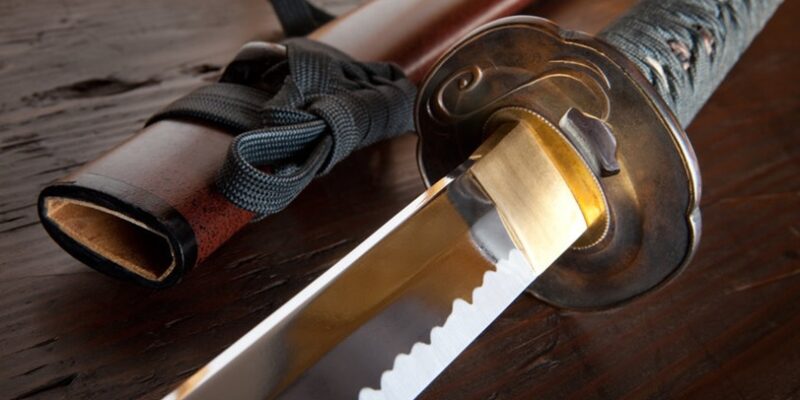
Finding the ideal sword is no easy feat. It takes time, effort, and cost commitment, regardless of whether you’re a novice or a seasoned collector. So, to prevent typical mistakes, you must understand how to select and maintain your sword. In this article, we’ll discuss key tips to help you find the perfect blade and ensure your prized purchases last a lifetime. First, let’s examine the many applications of your prized sword.
3 Ways You Can Use Your Sword
The most common way to use your sword is cosplay. However, there are a few more ways to use your sword. They include.
Functional
Swords made of carbon steel are often known as “Battle Ready” swords. They have longer, thicker blade tangs. This is why they are appropriate for cutting drills, martial arts, or military reenactments. The product descriptions provide information on whether these swords arrive sharpened or unsharpened.
Sport Combat
These are designed for combat on stages as they can withstand repeated blade-on-blade contact. They have rounded tips and edges and are thicker and heavier than practical swords.
Decorative
Swords used only for decoration are for that purpose only. They are only meant for exhibition. With thin tangs that are welded on, they are commonly constructed of stainless or untainted carbon steel. They are perfect for anyone who enjoys collecting, dressing up, or displaying swords. Their main appeal is a wide variety of designs that can handle mild cutting and include historical copies, fanciful creations, and cinematic props. These swords are easy to maintain and keep their appearance for a long time.
Things to Consider Before Shopping for Swords
Swords are tools, so a “good” one should fit your requirements. Here are some tips to consider;
Study the Sword Ownership Laws
Before buying a sword, ensure you are fully aware of the laws and rules governing sword ownership in your region. By familiarizing yourself with pertinent rules through online resources or legal consultations, you can ensure your compliance with sword ownership laws. Before ordering swords from abroad, you should also learn shipping regulations. It is worth the effort to thoroughly research the laws regarding sword ownership ahead to reduce stress and make an informed choice.
Determine the Swords Utility
What is your motive for getting a sword? It might be for personal enjoyment, martial art practice, or collecting. This clarity will help you decide on the type of weapon that will best serve your needs. Considering your goals will guide you during this process.
Set a Budget
Prior to purchasing a sword, you must set a financial limit to prevent going overboard or buying an expensive sword. Knowing your comfortable price range can help you rule out possibilities that are too expensive. It also helps you make a smart choice. Look into other choices, including trusted dealers, auctions, or expertly made reproductions that offer aesthetic appeal at a lower cost. Swords of various prices are available at https://katana-sword.com/collections/manga-katana
Weight
Consider the weight while choosing a sword. For the majority of people practicing martial arts, a balanced weight of 2 to 4 pounds is usually appropriate. An equally distributed weight will make a sword easier to handle and lessen the strain on your arm. Find the sword that feels the most comfortable to you by taking the time to hold various blades.
Style
When choosing a sword, you should factor in the design. For instance, the katana’s recognizable single-edged curve is preferred by collectors and martial artists all over the world. The Korean jingum is another excellent option and is renowned for its fine craftsmanship and attention to detail.
How to Care for Your Swords
Here are some things you should know about maintaining katana swords. They include:
- Avoid touching any sword, including a katana, with your bare hands, as the acids may corrode the metal and cause rust.
- Your katana’s carbon steel blade can avoid corrosion by receiving frequent oil treatments.
- Put your sword in a scabbard with a wooden core. It can prevent dust accumulation, which over time, could ruin the blade.
- Be careful not to smash someone else’s katana with your blade.
Conclusion
By getting and preserving a sword, you can build a link with history, craftsmanship, and the art of the blade. Make informed selections and ensure long-lasting durability by using the tips provided above. For more information, see just here











